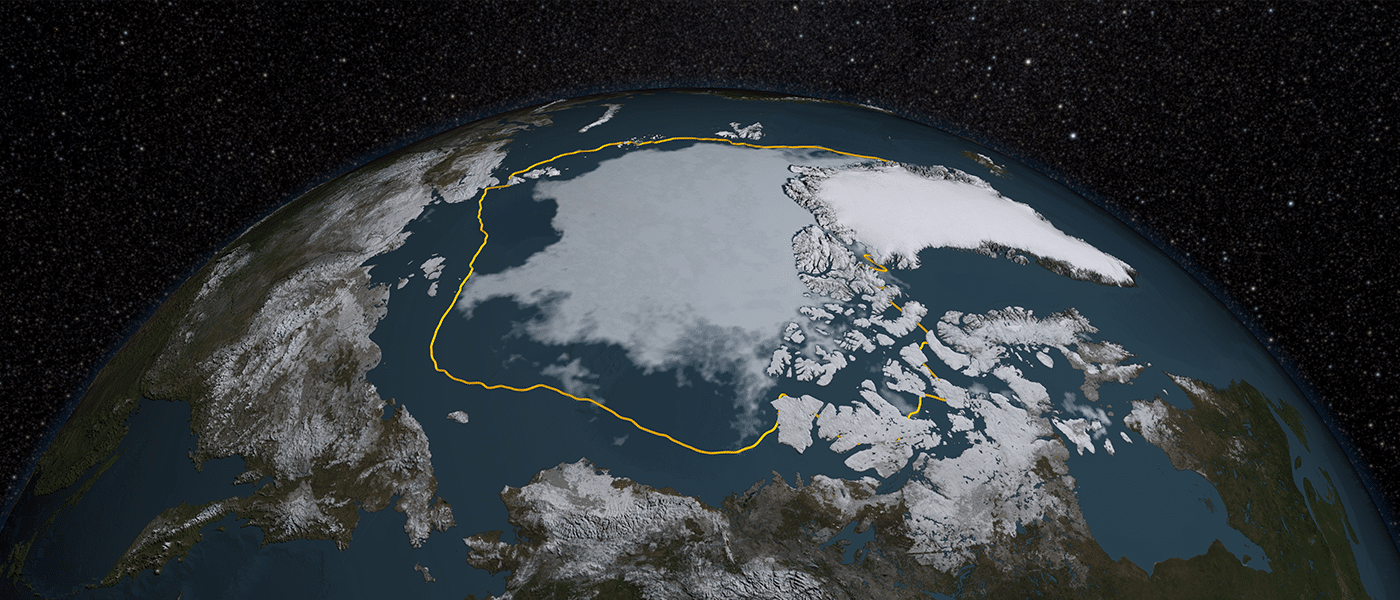ON THIN ICE
Global warming threatens us with potentially irreparable damage to the Earth's sea levels and climate. That's why it's key we extensively monitor the world's climate indicators, including how much polar ice is melting.
New satellite data from NASA reveals the record decline of the Arctic's ice in recent decades has lowered both the coverage and thickness of the Arctic ice cap even more. The data found the seasonal maximum ice coverage of the Arctic is the lowest on record since 1979.
On March 24, the ice coverage peaked at just 14.52 million square kilometers (5.607 million square miles). That's a decrease of 8.05 square kilometers (0.05 million square miles) from last year's figures. And, as NASA points out, the continent has lost nearly one million square kilometers (620,000 square miles) — more than double the size of Texas — of winter sea ice cover since 1979.
NASA sea scientist Walt Meier says warming oceans will only continue to thaw Arctic ice.
“It is likely that we're going to keep seeing smaller wintertime maximums in the future because in addition to a warmer atmosphere, the ocean has also warmed up," Meier said, according to NASA. "That warmer ocean will not let the ice edge expand as far south as it used to,”
But it's not just the maximum ice coverage extent that's dwindling. A video from NASA also shows the Arctic is losing its perennial ice — the ice that survives the summer melt and forms the thickest part of the polar ice cap.
While the Antarctic ice is making gains and is still growing, the huge losses of ice in the Arctic are driving global ice figures lower.
A GLOBAL EFFORT
Shrinking Arctic ice is a symptom of worsening climate change — but there's hope. The Paris Agreement has set a target to keep "global average temperature to well below 2 °C."
And a year after the Paris Agreement, 170 countries affirmed their commitment to this mission by passing a vital amendment to the Montreal Protocol to ban hydrofluorocarbons (HFCs) and cut 0.5°C out of future global temperatures.
Share This Article
